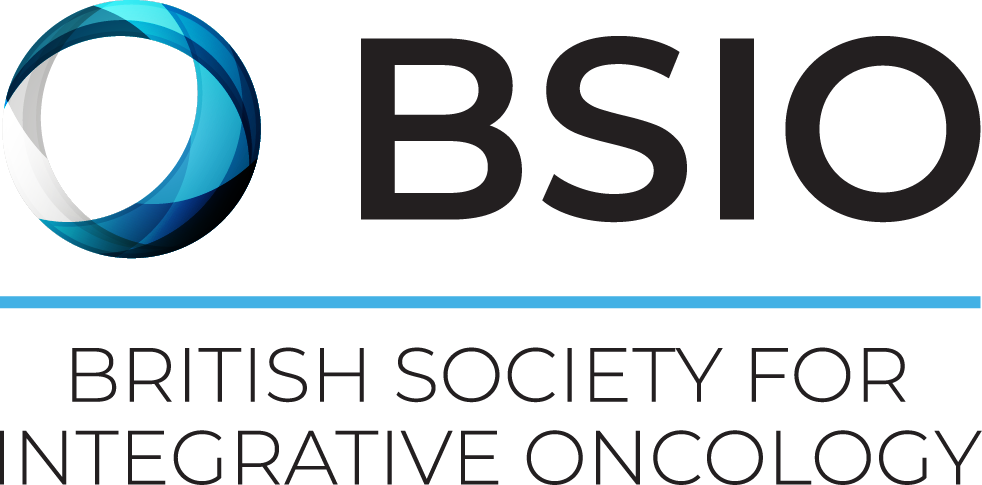
What we do
The role of BSIO
BSIO provides a multidisciplinary forum for presentation, discussion and peer review of evidence-based research and treatment modality information within the context of integrative medicine. BSIO focuses on nutritional, lifestyle and complementary approaches that have sufficient evidence of safety and efficacy to be integrated into care alongside conventional therapies or where the research looks promising.
BSIO ultimately aims to provide a balanced view of the evidence to enable professionals caring for people affected by cancer in the UK to have an informed dialogue about safe and effective integrative care options and to support patient choice and decision-making.
In order to achieve this goal, BSIO aims to:
Develop and maintain a network of professionals and organisations interested in the field of integrative oncology in the UK.
Provide education and conferences to promote dialogue between professions, enhance understanding of integrative oncology, share best practice and promote clarity about safety, effectiveness and cost-effectiveness.
Provide links to reliable evidence-based resources that offer high quality information on integrative oncology.
To maintain international links, especially with the SIO in the USA, which inspired the foundation of BSIO.
What is integrative oncology?
Integrative oncology is a patient-centred, evidence-informed field of cancer care that utilises nutritional, lifestyle and complementary interventions alongside conventional cancer treatments to support better quality of life, improve resilience, minimise the side effects of treatment and improve outcomes.
Because a constantly growing number of people affected by cancer throughout the world turn to both alternative and complementary therapies as part of their cancer treatment plan, it is essential that healthcare professionals have ready access to information about research and existing treatment programs. There is a wide range of complementary and alternative therapies available today and both the benefits and risks/contraindications for these approaches should be readily accessible.
